When running the following two pieces of code, I unexpectedly get different results. I need to add lines in a loop as in EX2, but all lines end up having the same colour. Why is this?
EX1
economics2 <- economics
economics2$unemploy <- economics$unemploy + 1000
economics3 <- economics
economics3$unemploy <- economics$unemploy + 2000
economics4 <- economics
economics4$unemploy <- economics$unemploy + 3000
b <- ggplot() +
geom_line(aes(x = date, y = unemploy, colour = as.character(1)), data=economics2) +
geom_line(aes(x = date, y = unemploy, colour = as.character(2)), data=economics3) +
geom_line(aes(x = date, y = unemploy, colour = as.character(3)), data=economics4)
print(b)
EX2
#economics2, economics3, economics4 are reused from EX1.
b <- ggplot()
econ <- list(economics2, economics3, economics4)
for(i in 1:3){
b <- b + geom_line(aes(x = date, y = unemploy, colour = as.character(i)), data=econ[[i]])
}
print(b)



